Practice how to write a ratio in different ways with this set of 24 task cards.
Understanding Ratios
Are your students starting to explore the concept of ratios? This concept is typically first covered with visual representations. Let’s take a look at an example:
🍦🍦🍦🍦🎂🎂
Looking at the example above, we can see 4 ice cream cones and 2 cakes. When your students first begin to learn about ratios, they will typically practice writing a comparison of 2 quantities represented in a visual form. In this case, the ratio of cakes to ice cream cones would be 2 to 4. There are also other ways to represent ratios. Students will learn to write a ratio:
- With a colon
- With words
- As a fraction
Teach Starter has developed a set of 24 task cards that you can use with your students when beginning your ratios and proportional relationships unit. These task cards encourage students to:
- Write ratios from visual representations
- Write equivalent ratios
- Write a ratio from a word problem
Through this activity, students will show they understand the concept of a ratio and represent the comparisons in a variety of ways.
Tips for Differentiation + Scaffolding
A team of dedicated, experienced educators created this resource to support your math lessons.
In addition to individual student work time, use this set of task cards to enhance learning through guided math groups, whole class lessons, or remote learning assignments.
If you have a mixture of above and below-level learners, check out these suggestions for keeping students on track with the concepts:
🆘 Support Struggling Students
For students who need additional support, consider providing them with a multiplication chart to help with equivalent ratios. Additionally, encourage students to reference previous lessons, posters, or anchor charts.
➕ Challenge Fast Finishers
If there are students who need a bit of a challenge, encourage them to draw visual representations for questions that do not have one. Additionally, have students write ratios in simplest form.
🛴 Scoot Activity
Place the cards around the room in numerical order and give each student a recording sheet. Assign students or pairs to a starting point card. Give students time to review the card and record their answer in the corresponding space on their paper. Students will rotate to the next card when you say, “SCOOT!” Continue in this manner until students return to their starting point.
👋 Exit Ticket
Use these cards as a formative assessment after your lesson. Pick a random assortment of cards and project them on the board for the whole class to see. Students can record their answers on a sheet of paper, sticky note, or their notebook.
Plan lessons for all ability levels with our 10 Best Scaffolding Strategies!
Easily Prepare This Resource for Your Students
Use the dropdown icon on the Download button to choose between the color PDF, black and white PDF, or editable Google Slides version of this resource. A recording sheet and answer key are also included with this download.
Print on cardstock for added durability and longevity. Place all pieces in a folder or large envelope for easy access.
To keep the task cards out of pockets or under desks, punch a hole in the corner of each to place them on a binder ring.
Sustainability Tip: Print a few recording sheets on cardstock and slip them into dry-erase sleeves. Students can record their answers with a whiteboard marker, then erase and reuse them.
This resource was created by Cassandra Friesem, a teacher in Colorado and Teach Starter Collaborator.
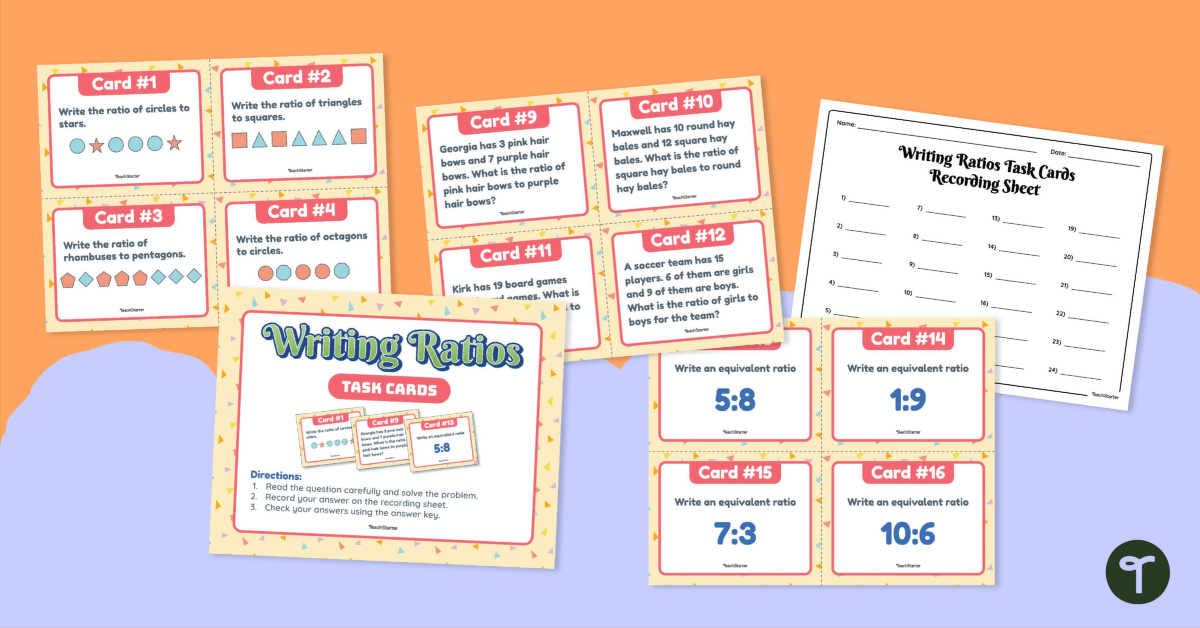



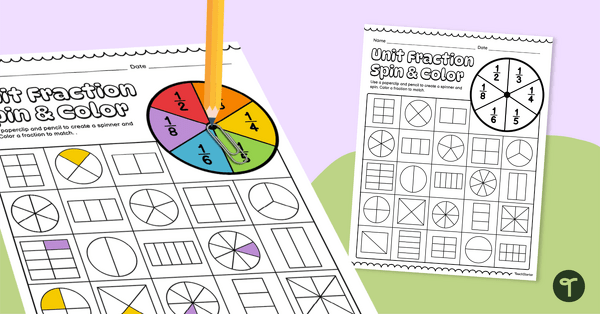
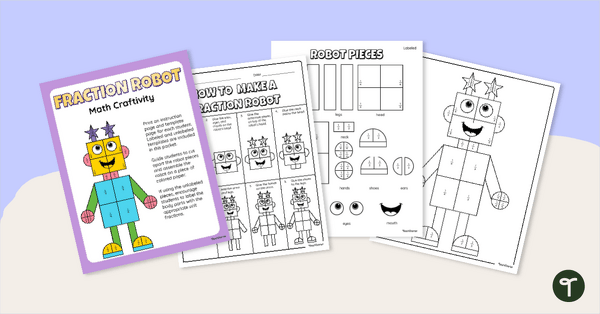

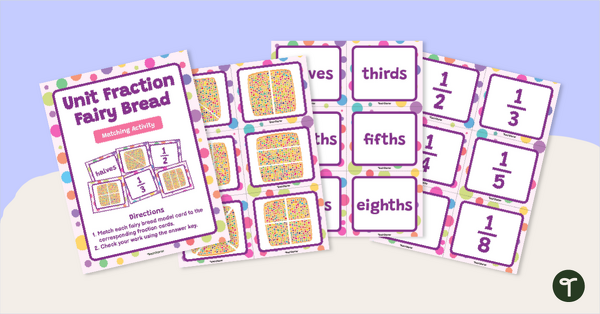
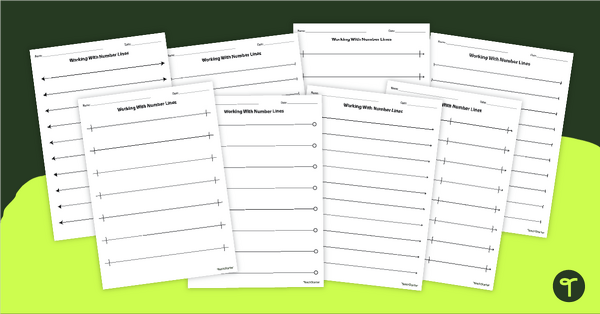



0 Comments
Write a review to help other teachers and parents like yourself. If you'd like to request a change to this resource, or report an error, select the corresponding tab above.